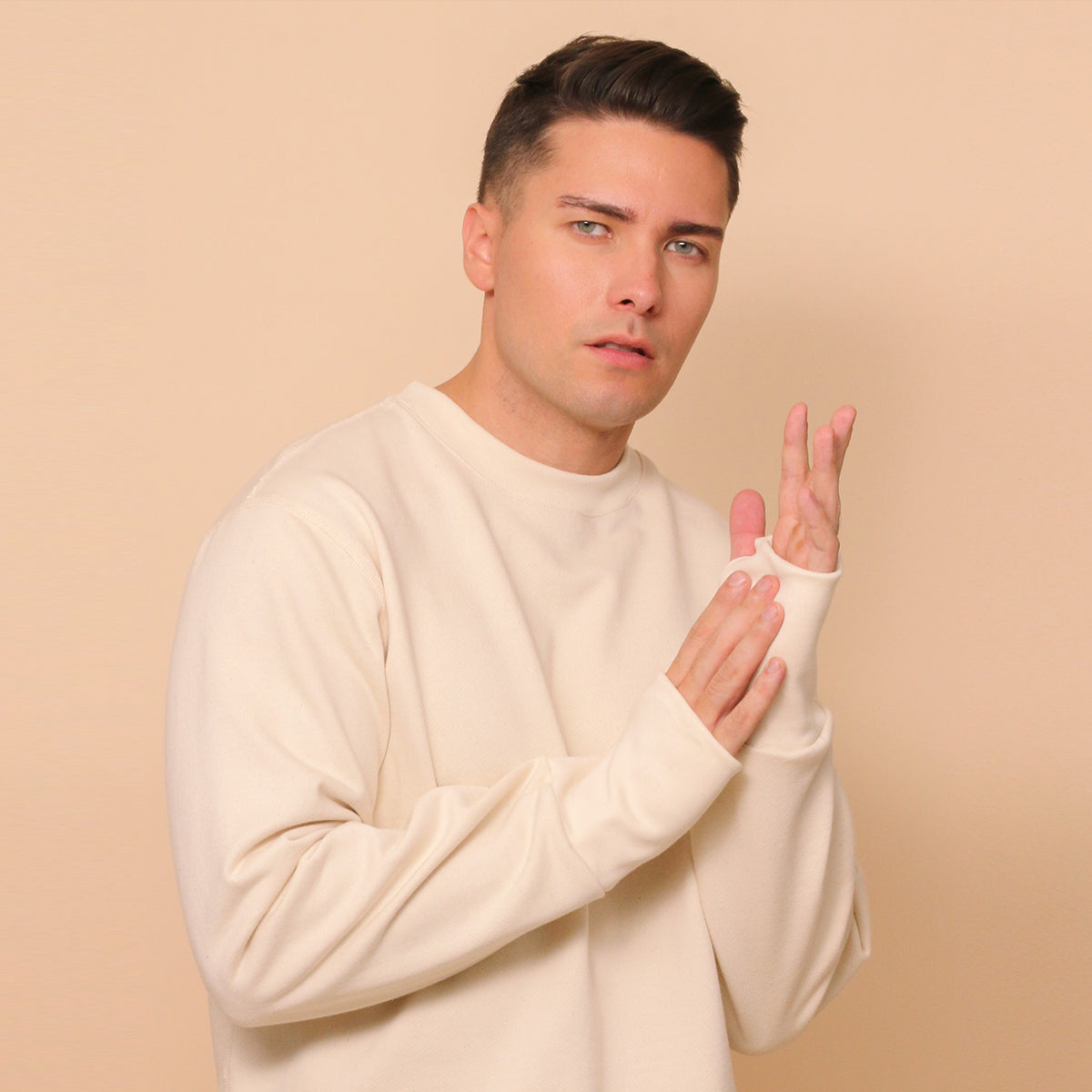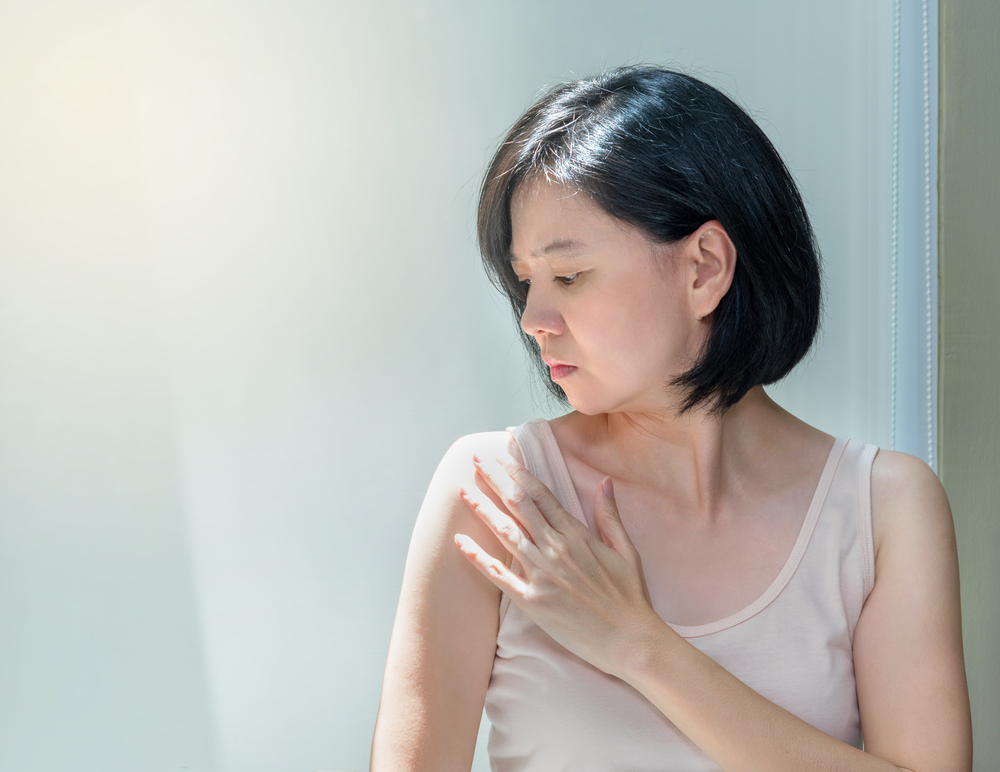Summer is the best time to be out and about, but for people with the following skin conditions hanging out at the beach can be more of a troublesome experience than having some fun under the sun.
Listed below are some of the skin diseases that often occur during summertime.
Heat rash
Not typically associated with summer, heat rash aka miliaria is the occurrence of rashes on the skin when the sweat glands of the person become clogged with dead skin cells or bacteria such as Staphylococcus epidermidis.
When the bacteria gets inside the clogged sweat ducts rashes will appear. Heat rashes can occur even when it’s not summertime, but most people often experience this condition during hot and humid days. This skin condition is the mildest of skin diseases often associated with summer because treating them is easy and oftentimes the condition goes away on its own.
When treating heat rash people should simply stay dry and avoid sweating. Excessive sweating can aggravate the rashes so people should stay indoors or where there’s an air-conditioner to keep them cool. They can also use topical ointments, topical antibacterial soaps, powder talc, anti-itch preparations (calamine or menthol) or topical steroid creams to relieve the itch and make the rashes subside.
People can also gently exfoliate their skin to get rid of the dead skin cells and/or sebum that are blocking the pores to prevent rashes from getting worse. They can also wear breathable clothing, like cotton, to keep their skin dry and cool.
Lastly, people with a heat rash should simply avoid any activity that would result in heavy sweating. So even though summertime is when most people head to the beach to have fun it would be better to stay away from the sun for a while and keep cool until the rashes go away.
Solar urticaria
This rash is directly affected by the sun’s rays. People suffering from solar urticaria get circular rashes once sunlight hits their skin. The rashes are often circular bumps and are very itchy. There are times that the rashes can even sting.
Solar urticaria often disappears once the person finds some shade or get out from under the sun. Other symptoms that are associated with solar urticaria are dizziness, headache, nausea and even vomiting although these symptoms often occur in more severe cases.
According to scientists, solar urticaria occurs due to a reaction between UV rays and a photoallergen in the body. Unfortunately scientists are still trying to pinpoint the chemical in a person’s body that reacts negatively to UV rays. Once the UV rays react with that photoallergen the body creates histamine as a way to get rid of the allergen. That’s when hives occur and rashes come after it.
In order to see if a person has solar urticaria doctors will conduct tests to properly diagnose him/her.
Diagnostic phototest
This test entails exposing the skin to different amount of UV rays. Doctors will expose the person’s skin to varying strengths of the UV ray to see how much light will trigger a reaction.
Photopatch test
This test entails applying various allergens on small patches of the skin. Then the doctor will remove those allergens and shine a light on the skin to see if a reaction will occur.
Photoprovication test
This test entails exposing patches of the person’s skin to varying strengths of UV rays for a period of a few days. Doctors will monitor the patient for any reactions.
Treatment
Antihistamine
One of which is to apply antihistamine on the affected areas. For short-term treatment, antihistamine can relieve the itchiness and stinging pain from solar urticaria. But these medicines cannot prevent these allergic reactions from occurring again. Further medications or prevention are needed to curb this ailment.
Desensitization
Another way to combat solar urticaria is to expose the skin to UV rays for a prolonged period of time to help the body adjust to the rays. This method is used for long-term treatments.
Immunosuppression
As the name suggests, this treatment entails suppressing the body’s immune system from releasing histamine. But this treatment can be risky for some since medicines that are used in this treatment often have side effects. This method is often used for short-term treatment and for patients with severe cases of solar urticaria.
Actinic prurigo
This skin condition shares some similarities with solar urticaria in that they both are triggered by UV rays. The difference with actinic prurigo is that it occurs hours or even days after the skin is exposed to sunlight.
Symptoms of actinic prurigo are itchy rashes that can develop into bumps, or papules, that can erupt. Other symptoms include nodules that people often scratch due to its intense itchy sensation and thickened patches. Crusting, scaling, weeping wounds, ulcers and chronic scratching are symptoms too of actinic prurigo and 60 to 70% of patients are affected by these conditions.
The appearance of actinic prurigo can easily be mistaken for atopic eczema but this skin condition worsens in areas of the body where the skin is more exposed to sunlight. Oftentimes the face is mostly affected. The nose, cheeks, forehead, chin and earlobes are the areas that often sport rashes.
Unfortunately, there is no existing treatment for actinic prurigo. Prevention is the only solution and people suffering from this disease should stay away from direct sunlight.
People can use the following treatments though to relieve the symptoms:
- Topical corticosteroids
- Emollients
- Thalidomide (this must be used with a doctor’s prescription due to its risky side effects. Thalidomide has been proven to cause birth deformities so pregnant women should not use this.)
- Antimalarials
Summertime may be fun for most people but others who suffer from the skin maladies mentioned above would do better to stay away from the sun. Fortunately, there are several alternatives to enjoying the sun during summer. One can stay indoors where it’s cool, others can go to the mall and look for the coolest items to buy. But if the urge to go to the beach is really strong, find a shade to hide under and keep yourself protected from the harmful rays of the sun.






Leave a comment
All comments are moderated before being published.
This site is protected by reCAPTCHA and the Google Privacy Policy and Terms of Service apply.